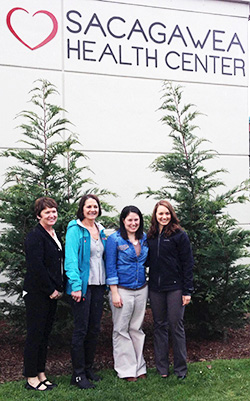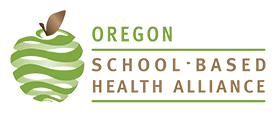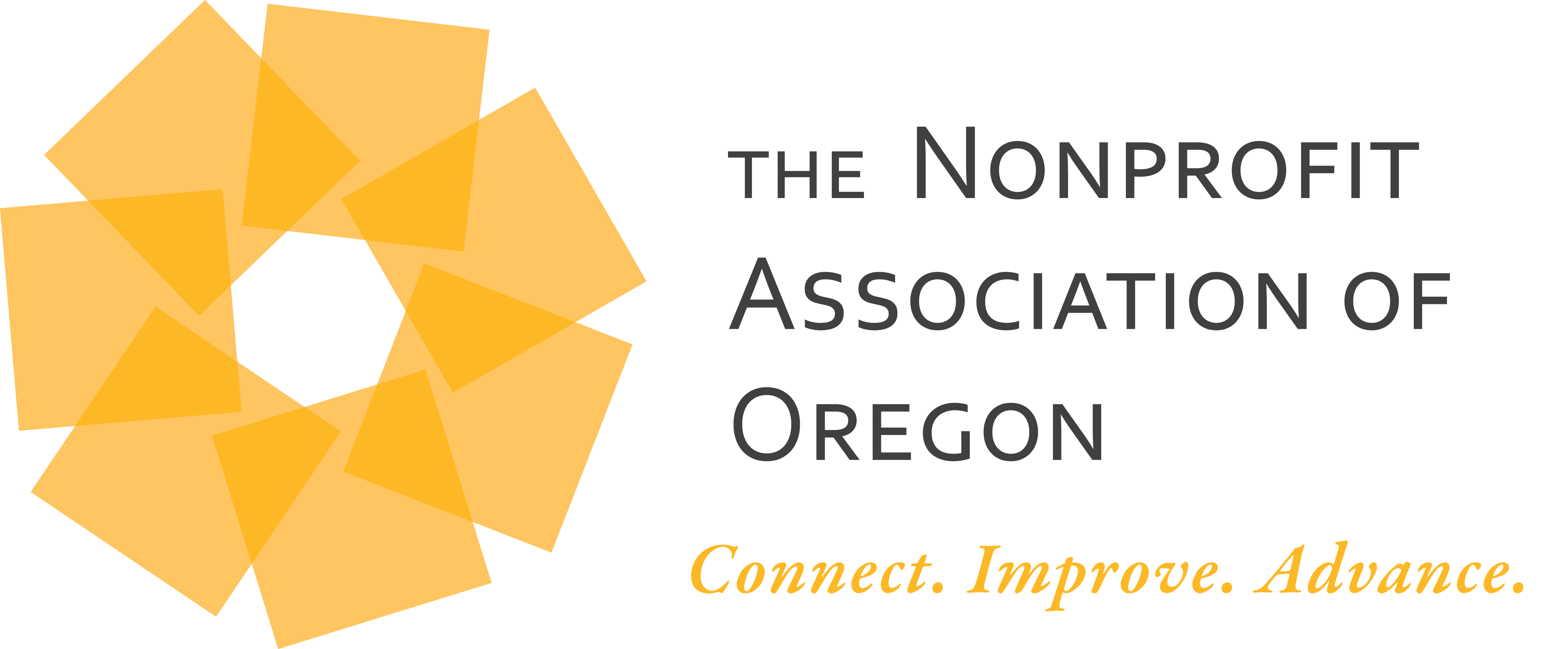 With support from OSBHA’s 2013-2014 CORE grant program, the Sacagawea Health Center is providing adolescents at St. Helens High School accessible opportunities to learn about healthy relationships and safe sexual practices within the school setting. Specifically, this grant supports the Teen Health Advocacy Team (aka THAT club) to improve their communication, education, and involvement with their high school peers.
With support from OSBHA’s 2013-2014 CORE grant program, the Sacagawea Health Center is providing adolescents at St. Helens High School accessible opportunities to learn about healthy relationships and safe sexual practices within the school setting. Specifically, this grant supports the Teen Health Advocacy Team (aka THAT club) to improve their communication, education, and involvement with their high school peers.School Health Fair
In the fall of 2013, THAT club distributed a school-wide survey to determine what health topics concerning healthy relationships and sexuality were of greatest interest to the student population. In total, 20 percent of the St. Helens High School population participated in the survey. THAT club used data collected from the evaluation to plan a school-wide health fair, “That’s Healthy,” to provide information focusing on safer sex, pregnancy, and healthy relationships.
The “That’s Healthy” health fair was presented in January 2014 with tables hosted by TransActive Gender Center, Support Advocacy Freedom Empowerment (SAFE) of Columbia County, and Legacy Health featuring topics such as LGBTQ health, healthy relationships, and HPV/STDs. THAT club also hosted a table concerning prenatal health.
Students participating in the health fair were asked to complete a post-evaluation to determine the success of the event. Of the 976 students attending St. Helens High School, 28 percent of students participated in the health fair. Key results include:
- 45 percent of health fair participants reported learning something pertaining to healthy relationships and sexual health
- 51.8 percent planned to read information they gathered at the health fair and use it for their own health
- 6.4 percent planned to share the information with friends, family or neighbors
- 20.3 percent planned to contact one of the organizations they met at the health fair
- 10.1 percent said they planned on calling their doctor to make an appointment
- 13 percent planned to get follow-up care for a problem they did not know they had before the health fair
“TransActive Gender Center tabled a booth, sharing their knowledge, support, and resources. As the health fair drew to a close, a very emotional teacher approached me, exclaiming her gratefulness that TransActive was present at the health fair. She explained that Columbia County has a severe lack of resources for students who do not conform to gender stereotypes. Unfortunately, these same students often become frequent victims of discrimination and harassment. Following the fair, I spoke with a representative from TransActive who expressed their concern for students who visited their booth. They had the opportunity to support several LGBTQ students who were unaware that there are resources available for them. Following the fair, I compiled the results from the post-evaluations. Five students noted that they had been unaware that there are resources for LGBTQ students and plan on contacting TransActive. In the comments section, other students stated that they were pleased that a table was available for transgender education and hope future health fairs have similar resource tables available”.
Representatives from TransActive also provided handouts for the school office and offered to visit the school again to provide insight and resources when needed.
Student Workshops
The second component of Sacagawea’s CORE grant used data from the school-wide survey to organize a series of “That’s Healthy” workshops for students at St. Helens High School. Each workshop focused on one of the following topics: safer sex/condom use, STIs/STDs, pregnancy prevention and prenatal care, and healthy relationships/relationship abuse. These workshops were hosted by Sacagawea Health Center, SAFE of Columbia County, and the early childhood education and child development educator at St. Helens High School.
The CORE grant project has helped the Sacagawea Health Center strengthen its relationship with the school and enhanced understanding of high school students and their health needs. For many years, Sacagawea only offered health services for elementary school students. They have gradually expanded their services to the middle and high school populations but have largely retained outreach efforts targeting families while emphasizing the health concerns of children. Collaborating with the Teen Health Advocacy Team has helped bridge a gap that Sacagawea Health Center was unaware of, and, over the course of the project, has allowed the SBHC to develop strategies on how to better support their adolescent population.
Additionally, at the start of the school year, Sacagawea has added a page on their website with age appropriate health web links for students, and they are working more closely with the teachers, students, and staff at the high school to gain and share information on the health concerns of youth in their community.
Key Strategies
Lawrence says that the key to their success has been establishing collaborative relationships with “people well integrated into the community.” She co-leads THAT club with Martine Barnett, an early childhood education teacher at St. Helens High School. The partnership has been essential to linking school health efforts with those of the health center and the coordination and collaboration at this level helps young people access opportunities in an efficient and timely manner. Lawrence also has a strong relationship with the vice principal at St. Helens High School, as well as the school district nurses, Robin Loper and Tish Hora, who are housed within the Sacagawea Health Center, further strengthening the link between the school and the center.
Sacagawea’s collaborative efforts extend beyond the school and into the community. Recently, Sacagawea participated in Child Abuse Awareness Month that brought together several community organizations to raise awareness and increase access to resources regarding child abuse prevention.
This is also demonstrated every year during Sacagawea’s “Heart Campaign.” Local businesses and organizations purchase gold or red hearts ($1 or $5 each, respectively) and put them up in their windows. ACE hardware and local coffee kiosks are the strongest supporters of this campaign, but Lawrence reports that during the month of February, “there are hearts all over town.” This campaign has been so successful in raising awareness of SBHCs that they recently discussed implementing a similar campaign with all SBHCs in Columbia County.
Ultimately, adds Lawrence, “Collaboration is ingrained in how we approach school health issues for our clinic, the school, and the community.”

